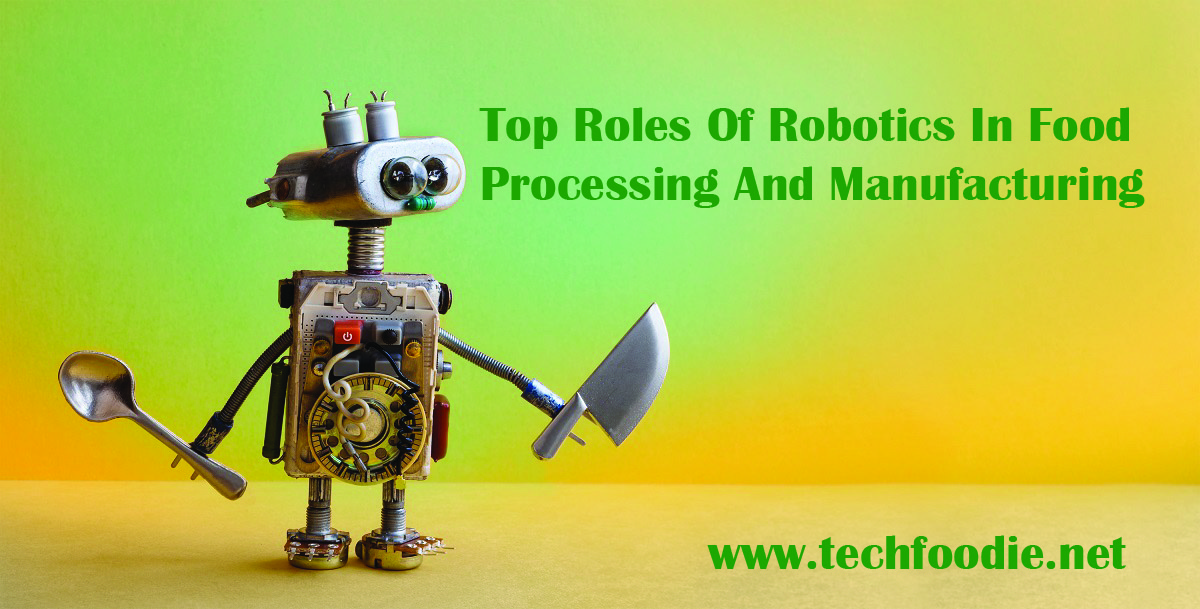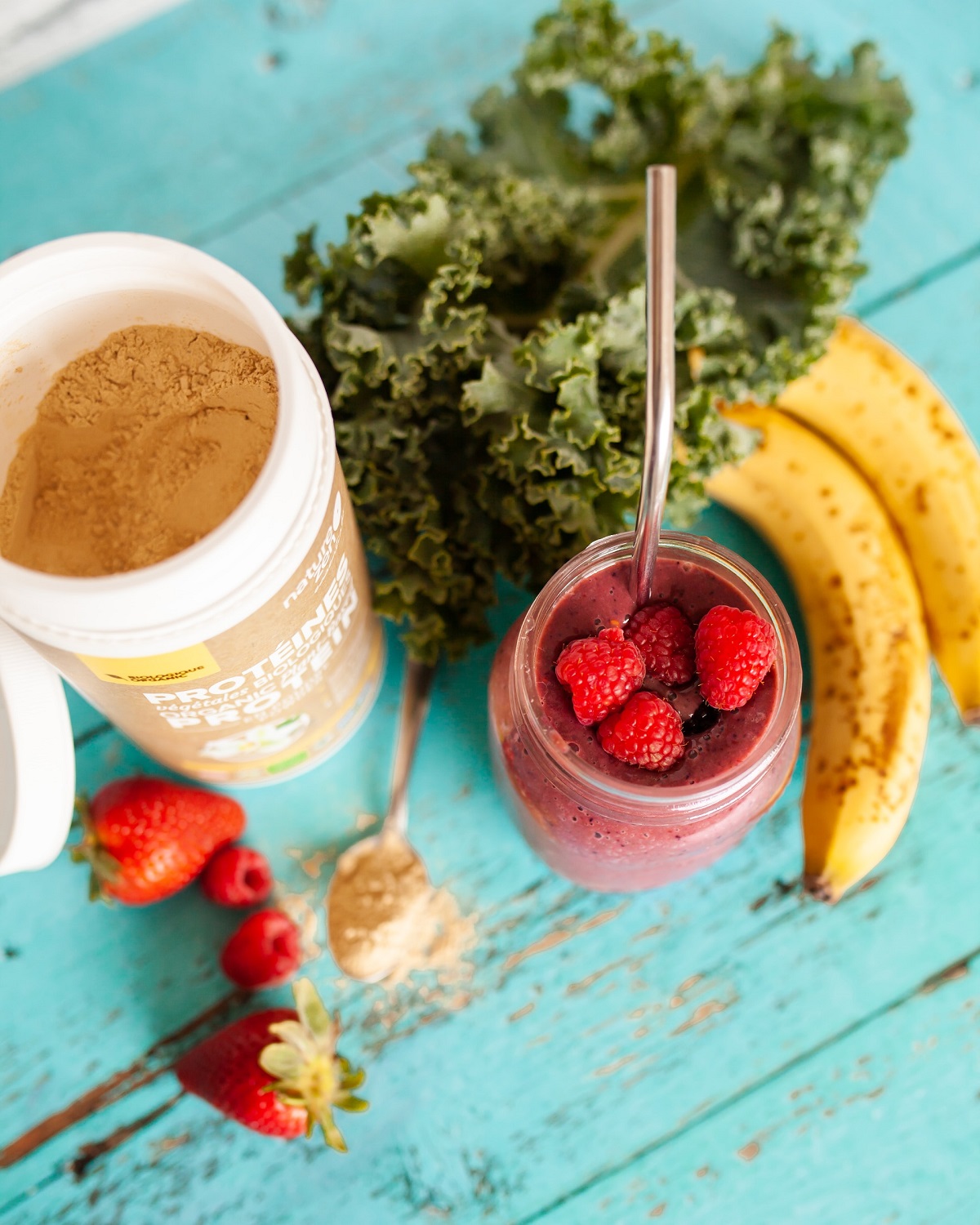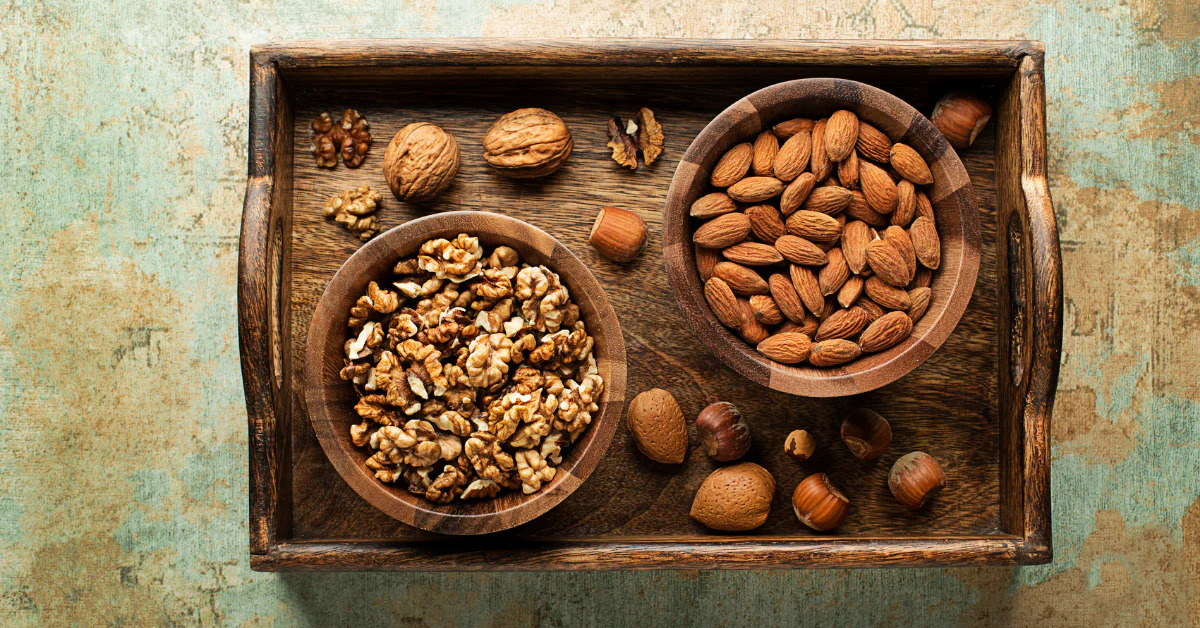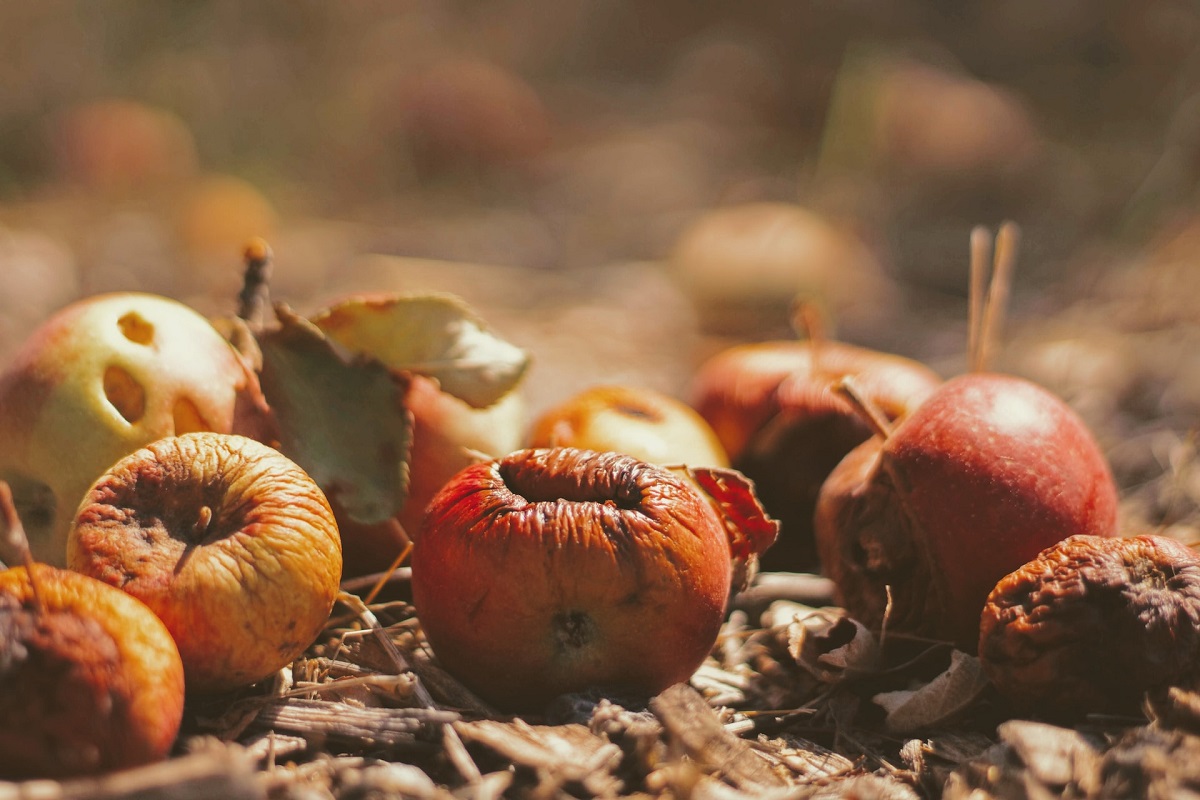Top Roles Of Robotics In Food Processing And Manufacturing
Numerous sectors have been transformed by robots, and the manufacturing and processing of food is no exception. This industry has advanced significantly as a result of the incorporation of robotics, increasing productivity, quality, and security. This article will examine the use of Robotics in Food Processing, emphasizing its benefits, uses, difficulties, and potential applications.
The Evolution of Robotics in Food Processing and Manufacturing
Robotics in food production and manufacturing have advanced throughout time from basic mechanical arms to sophisticated machines capable of performing difficult jobs. Initially, repetitive operations like sorting, packaging, and assembly were the main uses for robotic devices. But because to technological improvements, contemporary robots are outfitted with sensors, vision systems, and cognitive software, allowing them to carry out complex tasks with accuracy.
Advantages of Robotics in Food Processing and Manufacturing
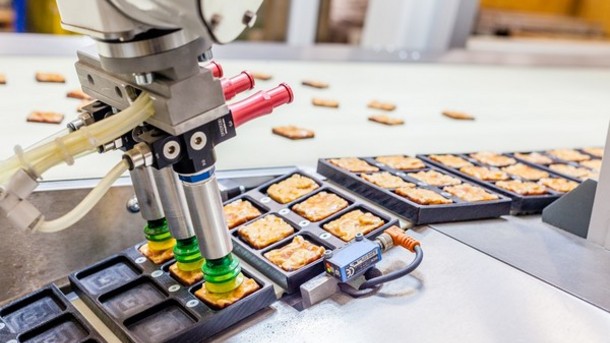
The integration of robotics in the food industry offers several advantages that contribute to operational efficiency and product quality.
1. Increased Efficiency and Productivity
Compared to human labor, robots are able to complete jobs at a considerably faster rate and with greater accuracy. They can perform routine jobs without getting tired, maintaining consistency in output and speeding up production. Robots give enterprises the ability to boost their production capacity and satisfy the escalating market demands by automating specific activities.
2. Improved Food Safety and Quality
In the food production and processing sector, maintaining food safety and quality is essential. Robots help in this area by lowering the chance of contamination and reducing human error. They have the dexterity necessary to handle delicate food items, assuring proper handling and reducing the risk of harm. Additionally, robots with sensors and vision systems may quickly remove products with flaws or foreign objects, ensuring that only high-quality goods are offered to customers.
3. Cost Reduction and ROI
Even if the initial cost of robots may appear high, there may be long-term cost reductions and a good return on investment (ROI). Robots can work without stopping, which eliminates the need for breaks and lowers labor costs. Additionally, their accuracy and efficiency reduce waste and rework costs. Manufacturers can reduce costs and improve overall profitability by simplifying processes and maximizing resource utilization.
Applications of Robotics in Food Processing and Manufacturing
Robots find diverse applications in the food processing and manufacturing industry, offering solutions to various challenges.
1. Automated Sorting and Packaging
Automated sorting and packaging are two of the main uses of robots in this sector. Based on predetermined criteria like size, shape, or weight, robots can efficiently sort things. They are also capable of packaging duties like labeling, sealing, and putting goods into containers. Through automation, productivity is increased, human error is decreased, and uniform packing standards are guaranteed.
2. Food Handling and Preparation
Robots are capable of handling and preparing food, which involves complex duties. They can accurately slice, dice, and chop items, guaranteeing accuracy and uniformity. Robots can also do delicate jobs including marinating, coating, and mixing substances. This degree of automation increases the efficiency and precision of food preparation procedures while reducing the need for manual labor.
3. Quality Control and Inspection
In the food sector, maintaining quality standards is crucial. Robots with cutting-edge vision and sensor systems can perform in-depth quality control and inspection. They can quickly carry out quality inspections, monitor product qualities, and find flaws. This automation reduces the likelihood of human error, ensures adherence to legal requirements, and raises the standard of the final product.
Challenges and Limitations of Robotics in Food Processing and Manufacturing
While robotics brings numerous benefits, several challenges and limitations need to be addressed for successful implementation.
1. Complex and Variable Environments
Environments that are complicated and unpredictable are frequently used in the food processing and manufacturing sector. Robots face difficulties when dealing with variables including temperature changes, moisture levels, and atypical food item forms. It is necessary to create robots with adaptable skills, reliable sensors, and specialized end-effectors that can successfully handle various food products in order to overcome these obstacles.
2. Integration and Compatibility
Robotics integration into current production systems might be challenging. To ensure smooth functioning, compatibility problems with current hardware, software, and protocols must be resolved. To solve integration issues and achieve effective automation, careful planning, working with system integrators, and customizing robotic systems are required.
3. Initial Investment and Maintenance Costs
The initial investment in robotics can be substantial, including the cost of robots, sensors, programming, and installation. Manufacturers need to carefully evaluate the potential long-term benefits and ROI before committing to robotic automation. Additionally, ongoing maintenance costs, software updates, and employee training should be factored into the financial considerations.
Future Trends and Innovations of Robotics in Food Processing and Manufacturing
The field of robotics in food processing and manufacturing continues to evolve, with several exciting trends and innovations on the horizon.
1. Collaborative Robots (Cobots)
Collaborative robots, or cobots, are designed to work alongside human workers, enhancing their capabilities rather than replacing them. These robots can assist with repetitive or physically demanding tasks and collaborate with humans in a safe and efficient manner.
Cobots can be programmed to perform tasks that require precision, while humans focus on more complex decision-making and supervision. This collaborative approach not only improves productivity but also promotes a harmonious work environment where humans and robots work together seamlessly.
2. Artificial Intelligence and Machine Learning
Artificial intelligence (AI) and machine learning (ML) are transforming the capabilities of robots in food processing and manufacturing. By integrating AI and ML algorithms, robots can learn from data, adapt to changing environments, and make intelligent decisions.
They can analyze sensory information, optimize process parameters, and continuously improve their performance. AI-powered robots can also handle complex tasks like recipe optimization, predictive maintenance, and adaptive control, leading to higher efficiency and improved product quality.
3. Robotics in Sustainable Food Production
As sustainability becomes a key focus in the food industry, robotics plays a crucial role in promoting environmentally friendly practices. Robots can optimize resource utilization, reduce waste, and minimize the use of chemicals and energy.
For example, robotic systems can accurately apply pesticides or fertilizers only where needed, reducing their overall usage. Additionally, robots can enable precision farming techniques, such as selective harvesting or automated weed control, contributing to sustainable and eco-friendly food production.
Conclusion
Robotics has revolutionized the food processing and manufacturing industry, offering numerous advantages in terms of efficiency, quality, and safety. The integration of robots enables increased productivity, improved food safety, and reduced costs.
From automated sorting and packaging to food handling and quality control, robots have a wide range of applications in this industry. While challenges like complex environments and integration issues exist, ongoing advancements in technology and innovations like robots, AI, and sustainable practices are shaping the future of robotics in food processing and manufacturing.
FAQs Section
Robotics improves food safety by reducing human errors, minimizing contamination risks, and ensuring proper handling and quality control of food products.
Key benefits include increased efficiency and productivity, improved food safety and quality, and cost reduction through optimized resource utilization and minimized waste.
Yes, challenges include complex and variable environments, integration and compatibility issues, and initial investment and maintenance costs.
Robotics promotes sustainable food production by optimizing resource utilization, reducing waste, and enabling precision farming techniques that minimize the use of chemicals and energy.
Read More News: ORGANIC MEAT VS NON ORGANIC MEAT
